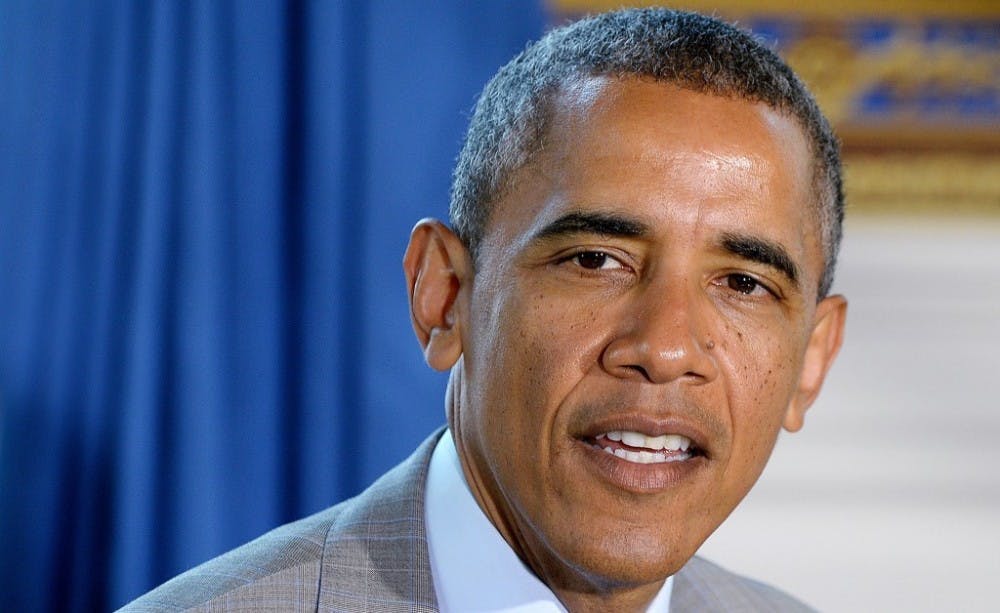On July 21, two United States appeals courts issued conflicting rulings on the availability of subsidies that help many Americans afford health coverage under the Affordable Care Act.
Here is a breakdown of the decision, which could potentially affect millions.
What was the issue?
The cases centered on the Affordable Care Act, specifically a part of the law that says subsidies will be available “Through an exchange established by the state.”
The law does not specifically say if those signing up on the federal exchange are also eligible.
Opponents of the law challenged the Internal Revenue Service’s interpretation of the law, saying subsidies can only be offered through state-based exchanges.
Proponents of the law say the lawmakers intended for subsides to be offered by both federal and state exchanges.
Currently, only 14 states and the District of Columbia have their own exchanges, which means the decision could affect the 4.7 millionAmericans who signed up through the federal exchange.
What was the decision?
The D.C. Circuit Court ruled 2-1 that only those enrolled in state run health care programs qualified for subsidies.
Elsewhere, the Virginia Circuit Court ruled unanimously that those enrolled in federal programs qualified for subsidies
What is a subsidy?
A subsidy, in the simplest terms, is a tax break. Those who qualify for subsidies receive tax credits to cover some of the cost of their plans.
Individuals with family incomes between 100 to 400 percent of the federal poverty level qualified for tax credits, depending on the size of the family.
According to the Department of Health and Human Services, 87 percent of the 5.4 million people who signed up for the Afordable Care Act qualified for subsidies, effectively shifting the cost of plans from premium payers to taxpayers.
Which states have their own exchanges?
As of this year, California, Colorado, Connecticut, Hawaii, Kentucky, Maryland, Massachusetts, Minnesota, Nevada, New York, Oregon, Rhode Island, Vermont, Washington and the District of Columbia run their own exchanges.
Residents of these states will have their subsidies covered by the states, and will not be affected by the decisions either way. Additionally, people covered through work-based insurance and Medicare and Medicaid policies are also not affected.
Are there any similar court cases?
Yes. There are two other cases pending in Indiana and Oklahoma.
What happens now?
For now, nothing will change. Justice Department officials are requesting an en banc review — a session where a case is heard before the entire judge bench.
This is a hearing in front of all 11 judges on the D.C. Court of Appeals. In order for the court to review the case, at least six judges must agree to it.
If the decision is upheld, it will likely go to the Supreme Court.
Indiana Attorney General Grog Zoeller said in a statement July 22,“The fact that one federal appeals court has ruled in favor of plaintiffs and another for the federal government underscores the need for the United States Supreme Court ultimately to decide.” Indiana has a similar case pending.
If the Supreme Court upheld the D.C. Court’s decision, millions would face paying nearly quadruple what they currently do for health care. One option would be to rewrite the law to specifically include federal subsidies.
This would mean reopening the debate in Congress. But unlike last time when Democrats held majorities in the House and the Senate, the Republicans are now in control of the House and are expected to make gains, possibly taking over the Senate as well in the November election and making it more difficult for President Obama to get the change approved in the law.
Another option would be for the remaining 36 states to open state-run health care exchanges.
In the meantime, the subsidies will remain in place until a final decision is made.


